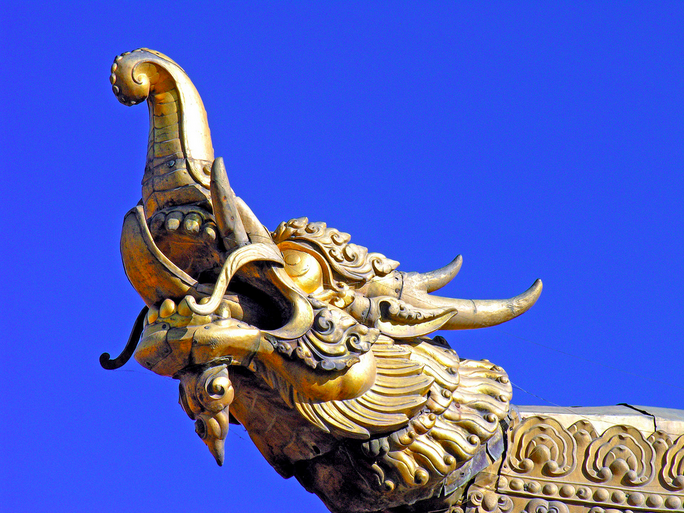At present, there are three different world powers that dominate their respective regions in terms of trade and growth: the United States, the Eurozone and China. The first two, the United States and the Eurozone, are clear, but the last, China, arouses some uncertainty among investors and management companies, who are monitoring its economy.
Due to the size of its economy, China continues to be a key economy globally, and not just for emerging markets. According to market consensus, China will be fundamental player in the current synchronized global growth, although analysts warn that it could slow it down.
Among its main risks is its high level of indebtedness, both public and private. State companies combine high leverage levels and low productivity in sectors where excess capacity is extreme. “In the wake of the global financial crisis, credit to non-financial entities has gone from 100% of GDP to 165% at present. This government – driven massive injection of credit has stimulated the economy and explains to a large extent the solid economic performance of the last ten years. The high level of indebtedness and low productivity are currently considered a risk,” explains Yves Longchamp, Head of Research at Ethenea Independent Investors.
And its main challenge is to make the leap to a modern economy, a path that has already begun, after the National Congress of the Communist Party of China in October 2017. “The implementation of the structural reforms program once again became a priority. The objective of the Chinese authorities is to direct growth towards quality and not only towards quantity. This will imply a rebalancing that is expected to reduce traditional industries such as steel in favor of new activities such as electric cars and high technology. In the coming months, this strategic adjustment is expected to lead to a slight economic slowdown, as suggested by the recent slowdown in public spending and the tightening of monetary conditions. Should the deceleration become too marked, public authorities have the necessary resources to quickly adjust the approach,” explain sources from Banque de Luxembourg Investments.
Risks and Opportunities
In Longchamp‘s opinion, China lives in perpetual transition. Among reforms proposed by the country there are three that are very interesting for investors, according to Longchamp: “The restructuring and strengthening of state enterprises, the deleveraging of the financial system and the slowdown in inflation of housing prices ; and the eradication of poverty and the improvement of the quality of growth “.
These three are national objectives and aim to determine the main economic weaknesses and the fragility of the financial system, as well as to improve the welfare of Chinese citizens. In addition, there is the Chinese government’s desire to control and reorganize some sectors, such as the industrial sector and real estate. Therefore, they are reforms that could open opportunities in very specific sectors, such as financial, industrial or real estate.
However, the management companies are cautious about China. The company Flossbach von Storch identifies the Asian giant as one of the potential risk factors within the equity market, given the country’s rate of indebtedness. “Despite this, we are confident that China’s central government has the muscle to counteract the effects in the case of a recession or crisis,” explainedsources from the management company.




